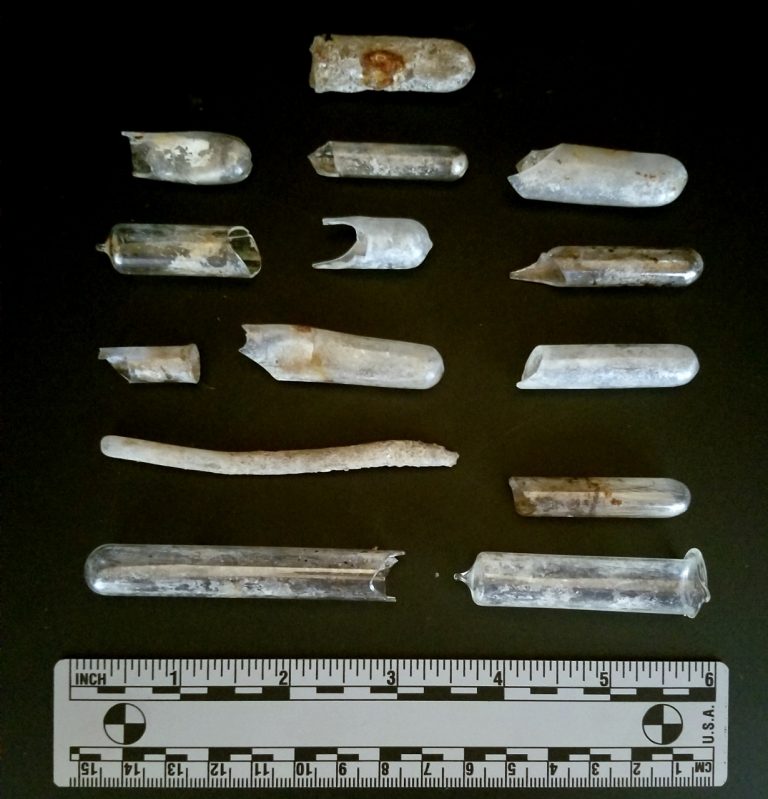Archaeological Monitoring and Data Recovery at the Oregon State Hospital’s North Campus for the City of Salem
HRA conducted archaeological monitoring for the installation of a wastewater line along the edge of the North Campus of the Oregon State Hospital. The project was undertaken as part of HRA’s on-call agreement with the City of Salem for cultural resources services. HRA provided an archaeological monitor to work with the Grand Ronde Tribe and city officials to monitor for archaeological or human remains. The wastewater line ran through a late nineteenth century orphanage that was taken over by the city for their own hospital in 1900, along with a former cemetery used by the state hospital in the early to mid-twentieth century. During monitoring, an isolated archaeological feature was identified containing more than 600 historic-period artifacts. Subsequent excavation and artifact analysis revealed that it was a single-event trash dump that had been burned inside of a wooden barrel. The burn barrel contained hundreds of pieces of medical and domestic refuse including metal syringes; medicine bottles, vials, and test tubes; buttons and tooth brushes; and numerous cow, deer, bird, and shellfish remains. The overlapping temporal range of numerous artifacts and the specific history of the parcel suggested that the feature dated to 1923 when the Salem City Hospital moved from a former orphanage to a new nearby facility.












